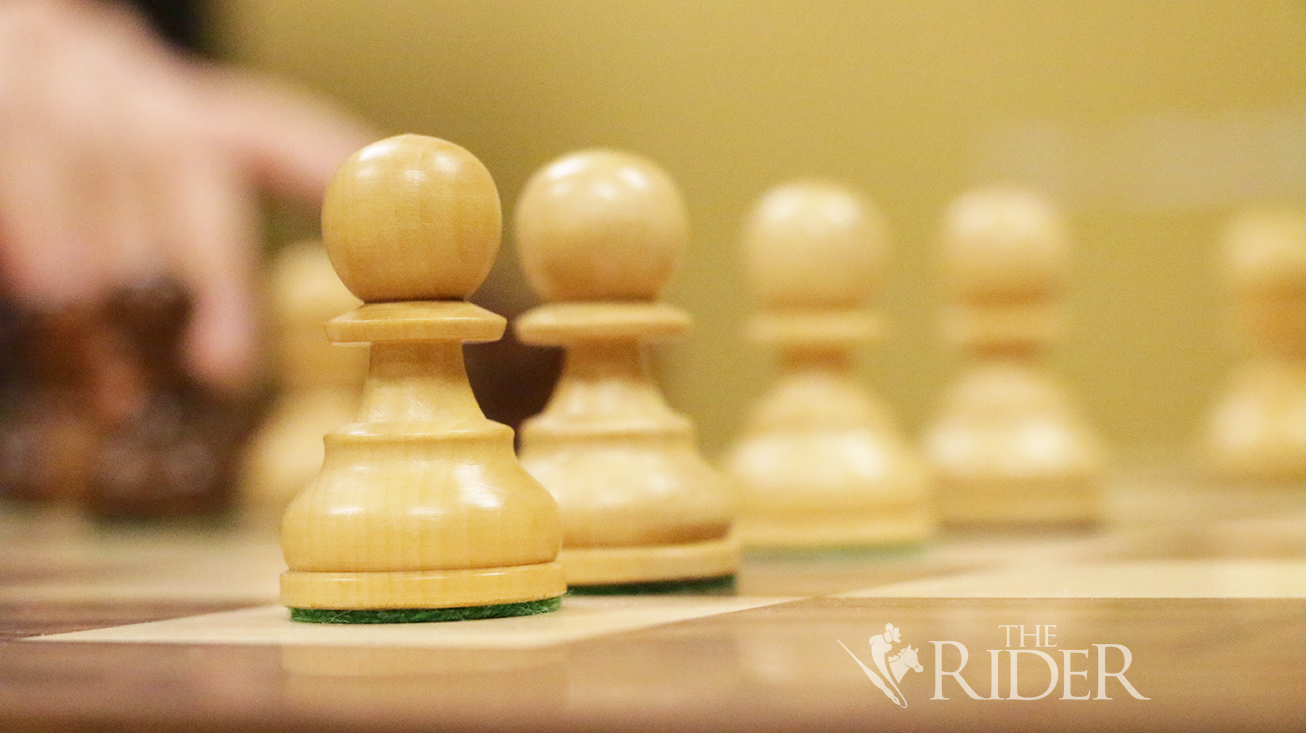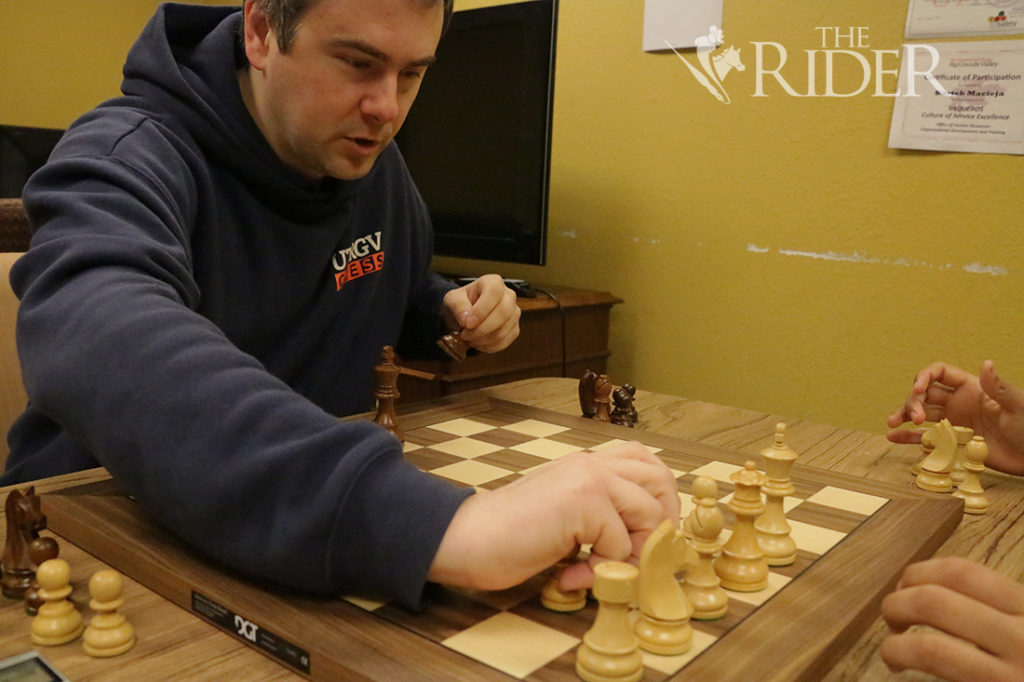
In chess, new players can become victims of Fool’s Mate, a two-move checkmate, or Scholar’s Mate, a four-move checkmate. This week, Grandmaster and UTRGV Chess Coach Bartek Macieja offers more strategies on how to improve in chess.
A checkmate occurs when a king is placed into a check from which it cannot escape and a draw/stalemate occurs when neither player can place a king in check.
“If there are two kings left, neither player can win the game,” Macieja said. “Why? Because it is impossible to give a check. It is illegal to put my own king under a check, so, I cannot come closer to the king or the opponent, so, we will never attack each other.”
A check occurs when a king is under attack by an opposing piece. Players must either move their king out of check position or protect it by placing another piece between it and the opposing piece.

There are many other movements players can perform, such as a promotion or castling.
A promotion occurs when a pawn reaches an opponent’s end of the game board; the pawn can then be promoted to a queen, rook, knight or bishop. Only pawns can be promoted.
“[A player] can have nine queens because there are eight pawns, plus the original one,” Macieja said.
Promoting a pawn to a queen is the most common move, but not always recommended. It depends on the player and the situation of the promotion.
Castling is a move made with the king and a rook. It is used when players need to protect their king.
“A king moves two squares towards the rook and the rook jumps over the king,” Macieja said. “This is called a short castle. Another possibility is to play a castle, to play the same move, but with the other rook. So, again, a king can only go two squares toward the rook, not the whole way. The rook jumps over the king; this is called a long castle.”
A few rules to remember when castling:
–It can only occur when the king and rooks have not moved during the game
–It can’t occur when a player’s king is under check
–It can’t occur if the king is unable to cross a square that is being controlled
Macieja told The Rider new players should aim to control the center of the board, which are the four squares in the middle. This allows a player to control half of the chessboard.
He said it is recommended to place knights and bishops on the “expanded center,” which surrounds the middle four squares of the board.
“You can’t have, really, your pieces in the center, they will always be under attack,” Macieja said.
Another strategy is to avoid placing knights and bishops on corners because they have limited possibilities to move.





